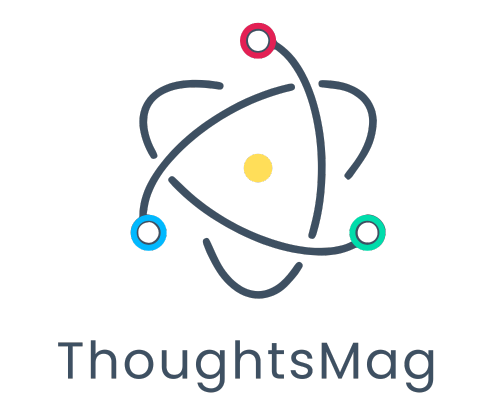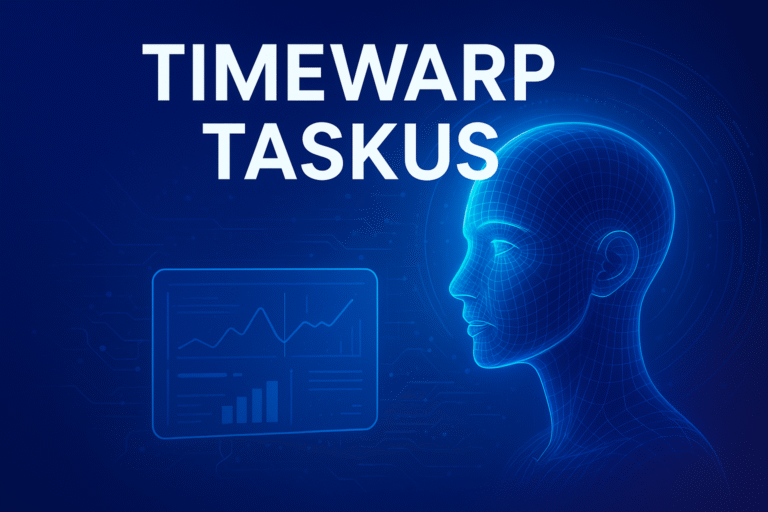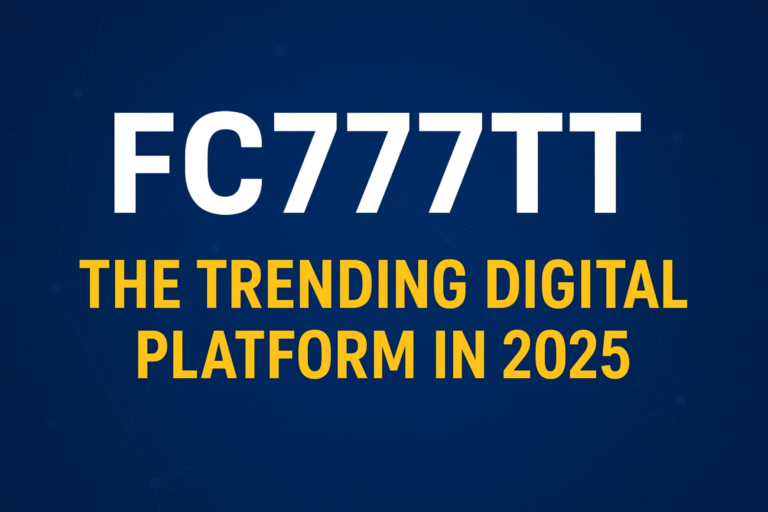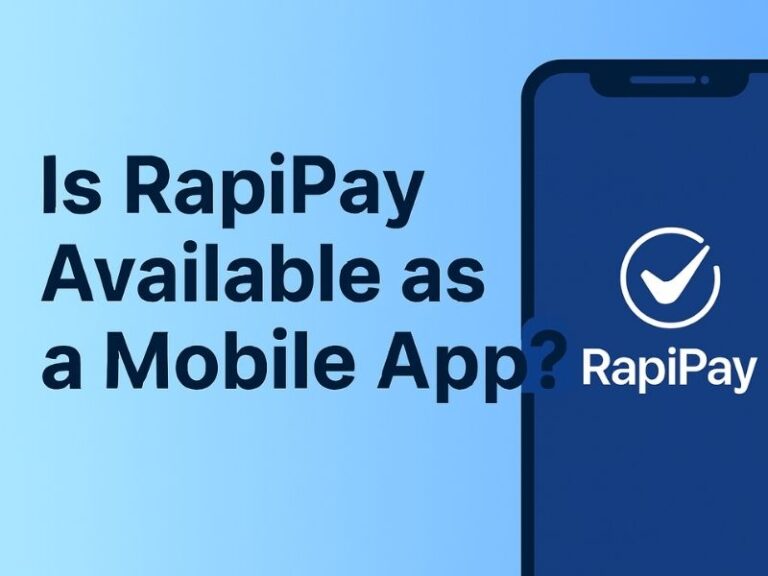In the ever-evolving world of artificial intelligence, video generation models have become a defining feature of the next wave of creative innovation. At the forefront of this revolution stands Google’s Veo 3, the third iteration of Google DeepMind’s highly advanced video synthesis model. Veo 3 builds on the foundational strengths of its predecessors to offer state-of-the-art text-to-video generation, making it a powerful tool for creators, filmmakers, educators, and marketers alike.
This article dives deep into what Google’s Veo 3 is, how it works, what makes it stand out from other video generation tools, and its broader implications for the future of AI-generated content and the creative economy.
What is Google’s Veo 3?
Google’s Veo 3 is an advanced AI video generation model developed by Google DeepMind. It leverages powerful deep learning and diffusion models to convert text prompts into highly realistic, coherent, and visually dynamic videos. Unlike its earlier versions, Veo 3 introduces a major leap in temporal consistency, real-world physics simulation, and cinematic style rendering.
Key Features of Google’s Veo 3
1. Text-to-Video Generation
At the core of Veo 3 lies its natural language understanding capability. This allows users to input detailed or abstract descriptions, which Veo translates into video sequences that maintain logical coherence and visual storytelling elements.
2. High-Resolution Output
Veo 3 is capable of generating videos at 1080p resolution or higher with high frame rates, offering smooth motion and cinematic quality that rivals professional video production.
3. Realistic Motion and Physics
Whether it’s a flag fluttering in the wind, cars moving through rain, or waves crashing on a beach—Veo 3 understands how objects move in the physical world and replicates that movement with incredible realism.
4. Longer Video Durations
Earlier models were limited to short clips (3-5 seconds), but Veo 3 extends this to up to 1 minute or more, depending on compute and prompt complexity. It ensures continuity and scene transitions, a major improvement in AI storytelling.
5. Scene Consistency and Object Tracking
One of Veo 3’s strongest features is its ability to maintain object continuity. Characters, props, and camera angles remain consistent throughout a scene—a crucial feature for narrative-driven content.
How Does Google’s Veo 3 Work?
Veo 3 is built on a diffusion transformer architecture and employs multi-stage training on a vast dataset of videos, animations, and cinematic scenes. The training dataset includes a wide range of styles: from documentaries and vlogs to action sequences and animated stories.
Here’s a simplified breakdown of the process:
-
Input Prompt: A user provides a detailed text description, optionally with an image, video frame, or audio cue.
-
Semantic Understanding: Veo processes the semantic meaning and intent behind the input.
-
Scene Layout Planning: It generates a rough storyboard and layout for the scene.
-
Frame-by-Frame Synthesis: Using diffusion models, it refines each frame while maintaining temporal consistency.
-
Post-Processing: The system applies cinematic filters, adjusts lighting, and refines textures and colors to produce the final video.
Use Cases of Google’s Veo 3
1. Filmmaking and Pre-Visualization
Indie filmmakers and studios can now create storyboards and animated sequences rapidly, saving money and time in pre-production.
2. Advertising and Marketing
Brands can develop short-form video ads from product descriptions alone, eliminating costly shoots and retakes.
3. Education and Training
Teachers can use Veo to visualize abstract concepts in science, history, or engineering, creating engaging educational videos.
4. Game Development
Game designers can use AI-generated scenes to create concept trailers, environments, or even cutscenes during development.
5. Social Media Content Creation
Influencers can create personalized video content from scratch with creative freedom, helping them scale content output.
How is Veo 3 Different from Sora or Runway?
While OpenAI’s Sora and Runway ML are leading players in the text-to-video AI landscape, Google’s Veo 3 has several distinct advantages:
| Feature | Google Veo 3 | Sora (OpenAI) | Runway ML |
|---|---|---|---|
| Resolution | Up to 1080p+ | Up to 1080p | 720p |
| Motion Realism | High | High | Moderate |
| Scene Length | 60+ seconds | 30–60 seconds | < 20 seconds |
| Prompt Complexity | Advanced NLP | Moderate | Simple |
| Object Tracking | Excellent | Good | Fair |
Ethical and Creative Considerations
As with all generative AI tools, there are concerns surrounding deepfakes, intellectual property rights, and AI misuse. Google has built guardrails into Veo 3, including:
-
Watermarking AI-generated videos
-
Detection models to identify AI content
-
Usage restrictions for misinformation or harmful content
Moreover, Google emphasizes that Veo 3 is intended as a collaborative creative tool, not a replacement for human filmmakers or artists.
Integration with YouTube and Google Workspace
In the future, Veo 3 is expected to integrate with YouTube Shorts, Google Slides, and Google Cloud Studio. This will allow users to:
-
Generate video content directly from Google Docs scripts
-
Visualize presentations or business ideas
-
Turn blog articles into video summaries
Beta Access and Availability
As of mid-2025, Veo 3 is currently available in limited beta for creators and enterprise partners. You can join the waitlist via Google DeepMind’s Veo webpage and explore early samples of AI-generated scenes, film montages, and even interactive storytelling modules.
The Future of AI Filmmaking with Veo 3
Google’s Veo 3 represents a massive leap in creative AI. It combines the flexibility of human imagination with the computational power of machine learning. As hardware improves and datasets expand, we can expect future versions to support:
-
Dialogue and voice synthesis
-
Multiple camera angles
-
Interactivity (clickable story choices)
-
VR-compatible scene rendering
Imagine a world where an entire animated series or short film can be crafted in a weekend with nothing but a laptop and a script. Veo 3 brings us closer to that world.
Final Thoughts
Google’s Veo 3 is more than a technological marvel—it’s a creative companion, designed to empower storytellers of all kinds. Whether you’re a filmmaker sketching out your next big project, a brand launching a product, or an educator bringing lessons to life, Veo 3 offers a canvas for the imagination unlike anything we’ve seen before.
As AI continues to push the boundaries of content creation, Veo 3 stands as a shining example of what’s possible when vision, science, and art converge.






